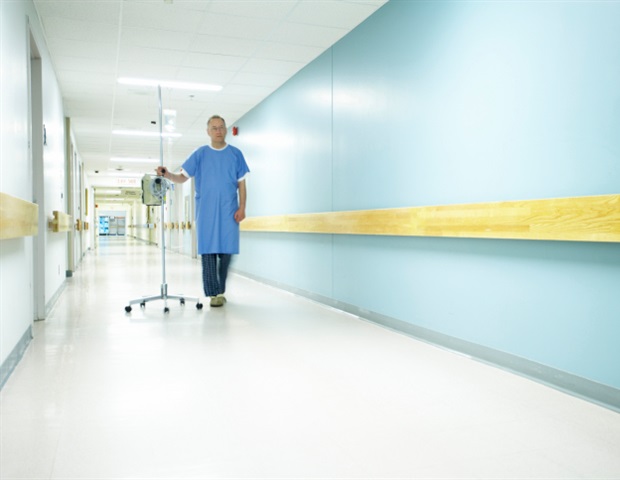Continuing quality improvement data submitted by board-certified plastic surgeons underscores current trends in surgical technique in cosmetic breast augmentation using implants, reports a study in the December issue of Plastic and Reconstructive Surgery®, the official medical journal of the American Society of Plastic Surgeons (ASPS). The magazine is published in the Lippincott portfolio by Wolters Kluwer.
The findings show evolving trends in breast augmentation over the past 16 years, including factors such as incision location and the type and location of implants. The data reflect current best practices among board-certified plastic surgeons, with attention to safety issues and the latest research evidence.”
Michael J. Stein, MD, MAS, FRCSC, FACS, lead author, Lenox Hill Hospital, New York, New York
Trends in breast augmentation technique from 2005 to 2020
Breast augmentation is the most common cosmetic plastic surgery procedure. In 2022, ASPS Member Surgeons performed nearly 300,000 breast augmentation procedures, according to ASPS statistics. To assess practice patterns and surgical techniques over time, Dr. Stein and colleagues analyzed data from the American Board of Plastic Surgery (ABPS) continuing certification process.
In this process, plastic surgeons submit information about frequently performed “tracking procedures” as evidence of continued improvement in clinical practice. The study included data on 31,700 breast augmentation cases performed by 1,082 surgeons between 2005 and 2020. Cases were divided into early (2005-14) and recent (2015-20) cohorts to assess trends in surgical technique over time. .
Patients in the more recent cohort were less likely to smoke, 12% versus 8%. and less likely to have preoperative mammograms, 29% vs. 24%. Women in the recent cohort were more likely to have drooping breasts: 23% versus 20%.
The data showed changing patterns of practice in several key areas from the early to the late period:
-
The use of submammary incisions (below the breast fold) increased from 68% to 80%. Meanwhile, the use of peri-areolar incisions (around the nipple area) decreased from 24% to 14%.
-
Submuscular implant placement (under the pectoralis major muscle) increased significantly: from 22% to 56%. At the same time, the use of subglandular implant placement (“over the muscle” – below the breast gland tissue) decreased from 19% to 7%.
-
The use of textured implants increased from 2% in 2011 to 16% in 2016 – reflecting the belief that textured implants could reduce problems with scar tissue (contraction) around the implants. However, the use of textured implants has plummeted since 2019 and has since stopped entirely. Textured implants were used in 0% of cases from 2020 onwards.
“Focus on evidence-based practices to maximize patient safety and patient satisfaction”
The discontinuation of textured implants reflected FDA warnings about a rare form of cancer associated with this type of implant (breast implant-associated anaplastic large cell lymphoma, or BIA-ALCL). Other trends in surgical technique – including increased use of the submammary incision and “under the muscle” implant placement – were consistent with new evidence-based studies.
Although not without limitations, the use of ABPS continuous certification data provides an “excellent resource” for assessing trends in plastic surgery over time, according to the authors. Dr. Stein comments, “Our findings inform the continued evolution of surgical technique in breast augmentation by board-certified plastic surgeons, with an emphasis on evidence-based practice to maximize patient safety and patient satisfaction.”
Senior author Arun K. Gosain, MD, of Lurie Children’s Hospital, Chicago, has initiated similar evaluations using ABPS continuous certification data for a variety of tracer procedures, focusing on craniofacial surgery, hand surgery, and cosmetic surgery. Dr. Gosain comments, “The current review highlights the value of Continuing Certification for plastic surgeons by allowing them to assess their practice patterns against those of their colleagues and assess how those practice patterns have evolved over time. .”
Source:
Journal Reference:
Stein, MJ, et al. (2023). Practice Standards in Primary Breast Augmentation: A 16-Year Review of Continuous Certification Tracker Data from the American Board of Plastic Surgery. Plastic and Reconstructive Surgery. doi.org/10.1097/PRS.00000000000010497.


